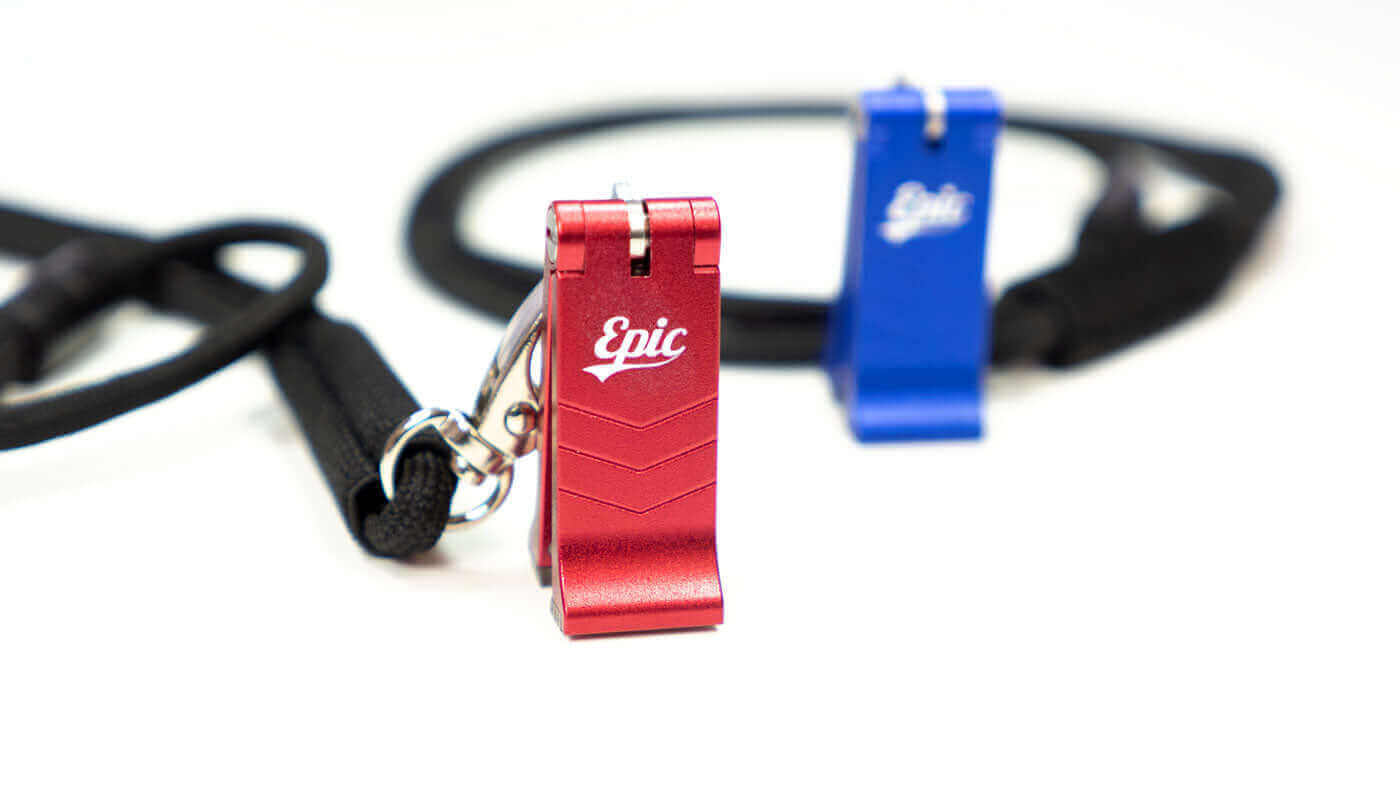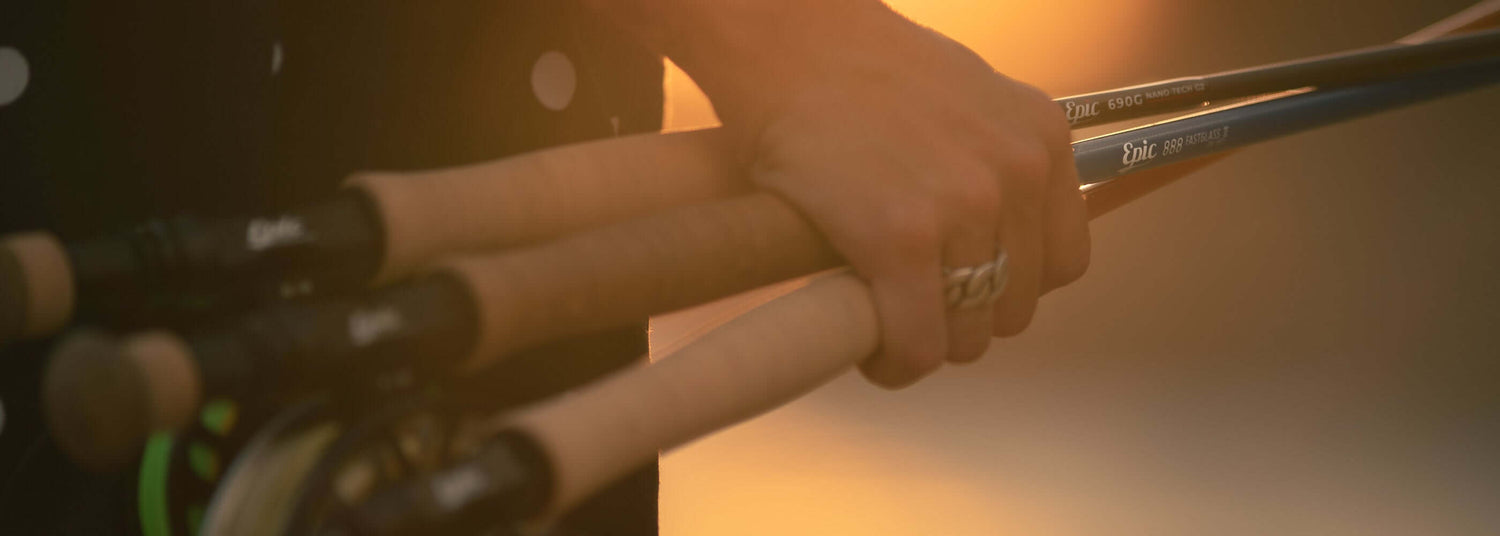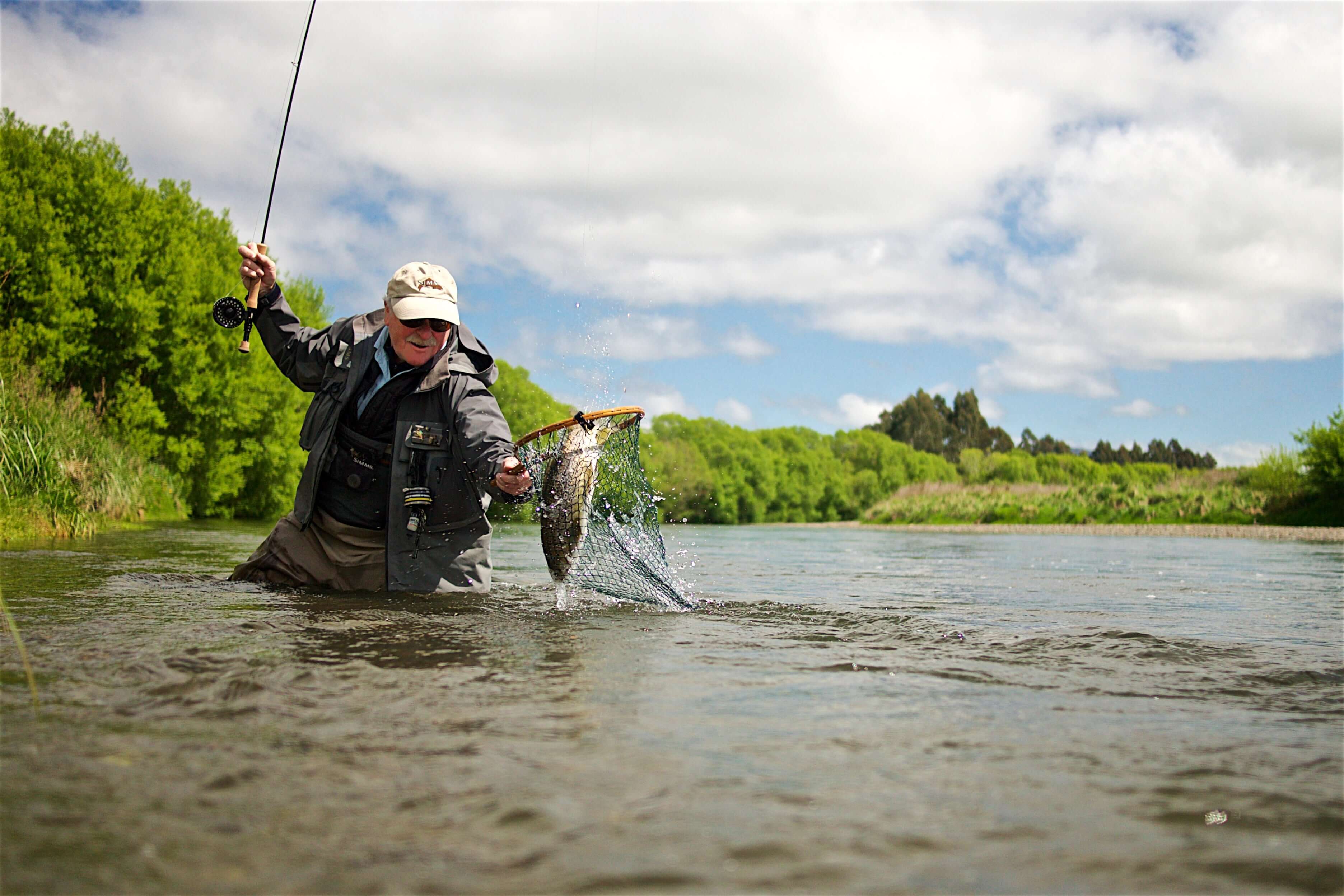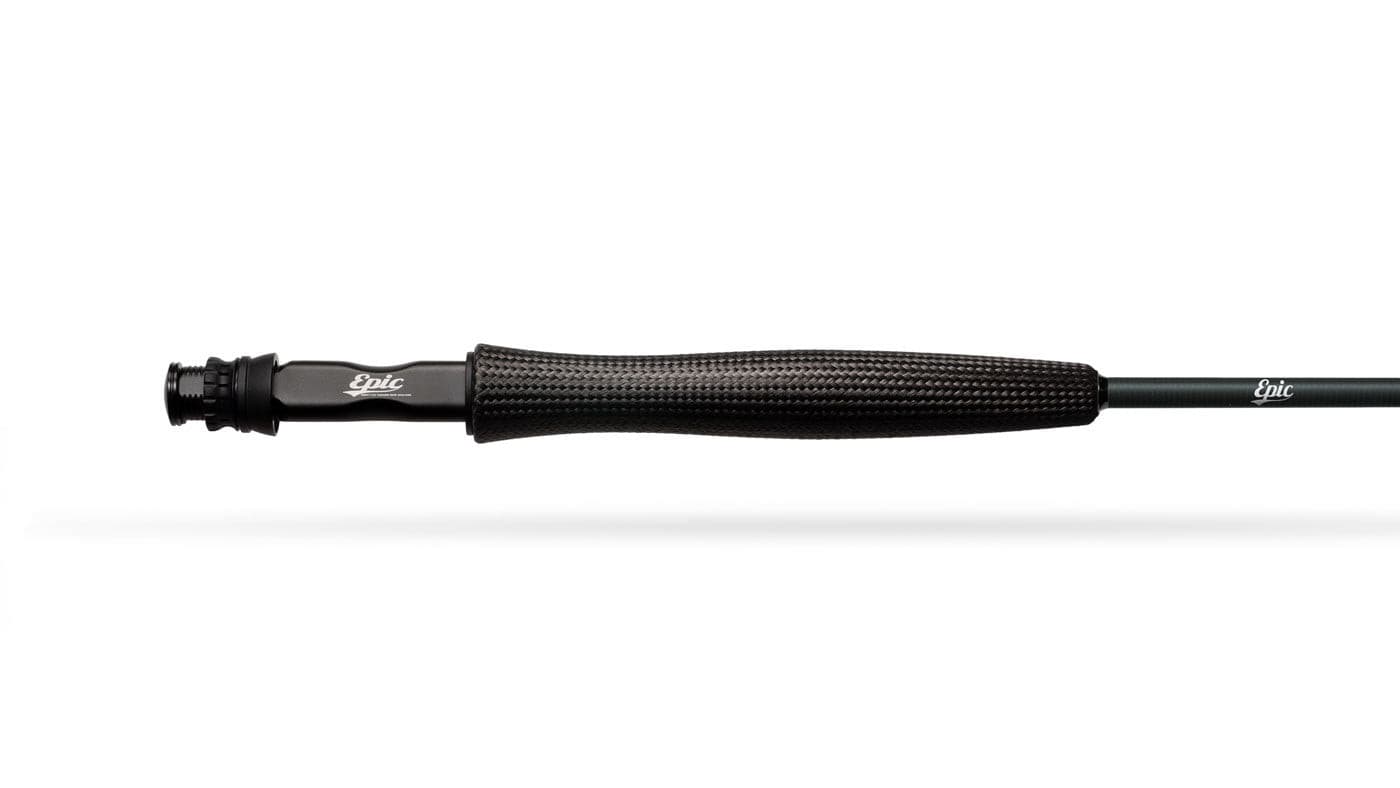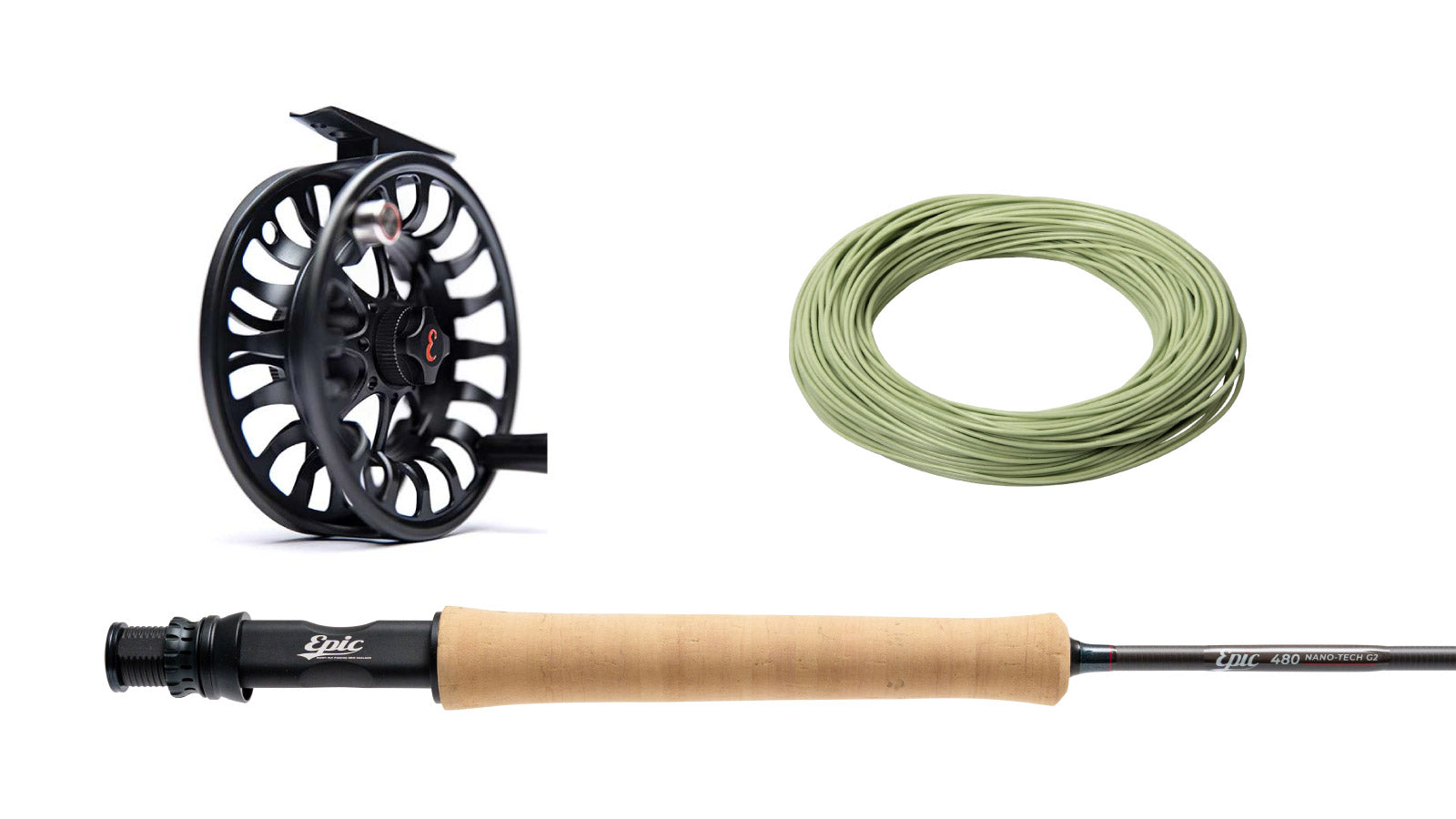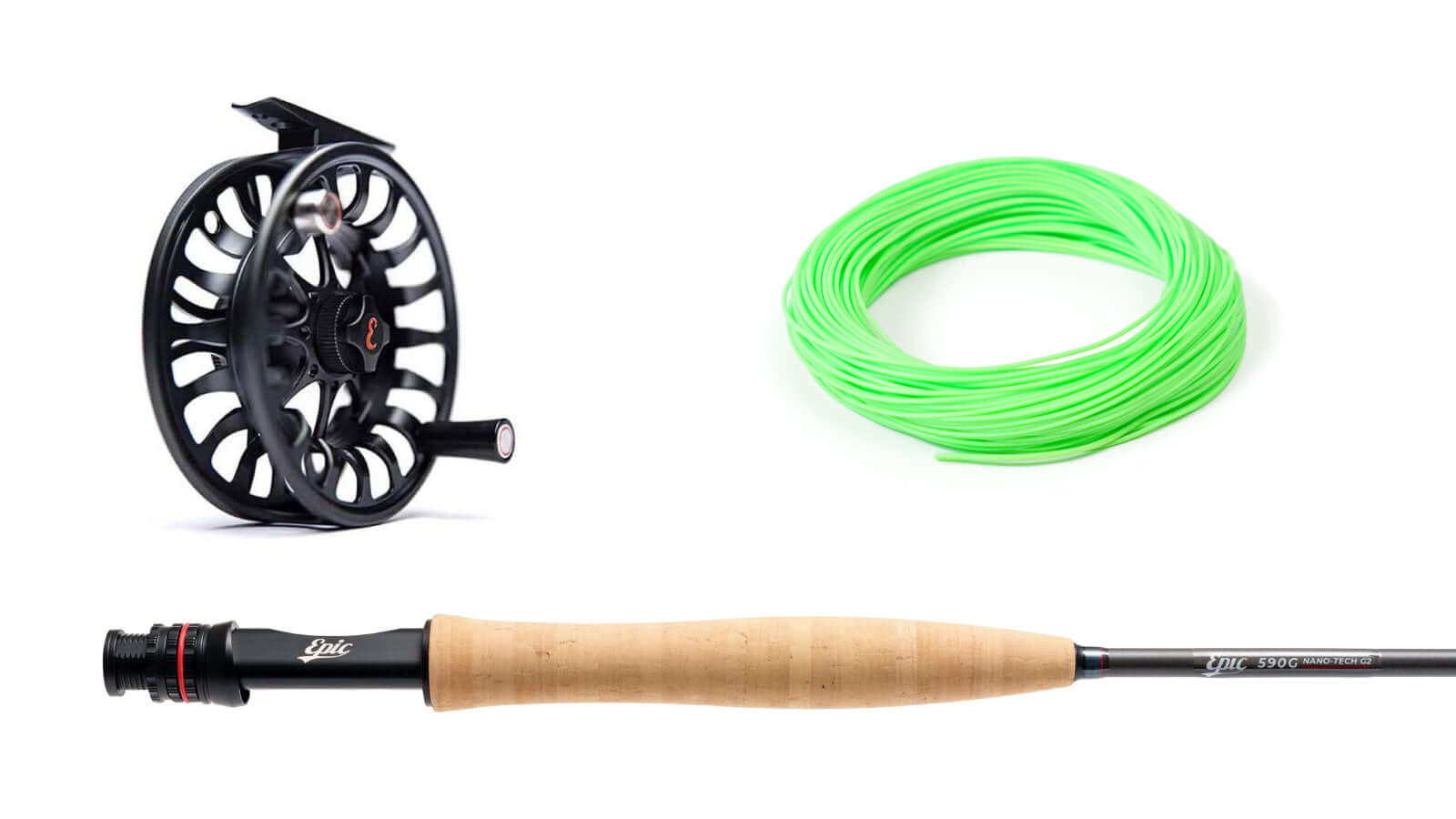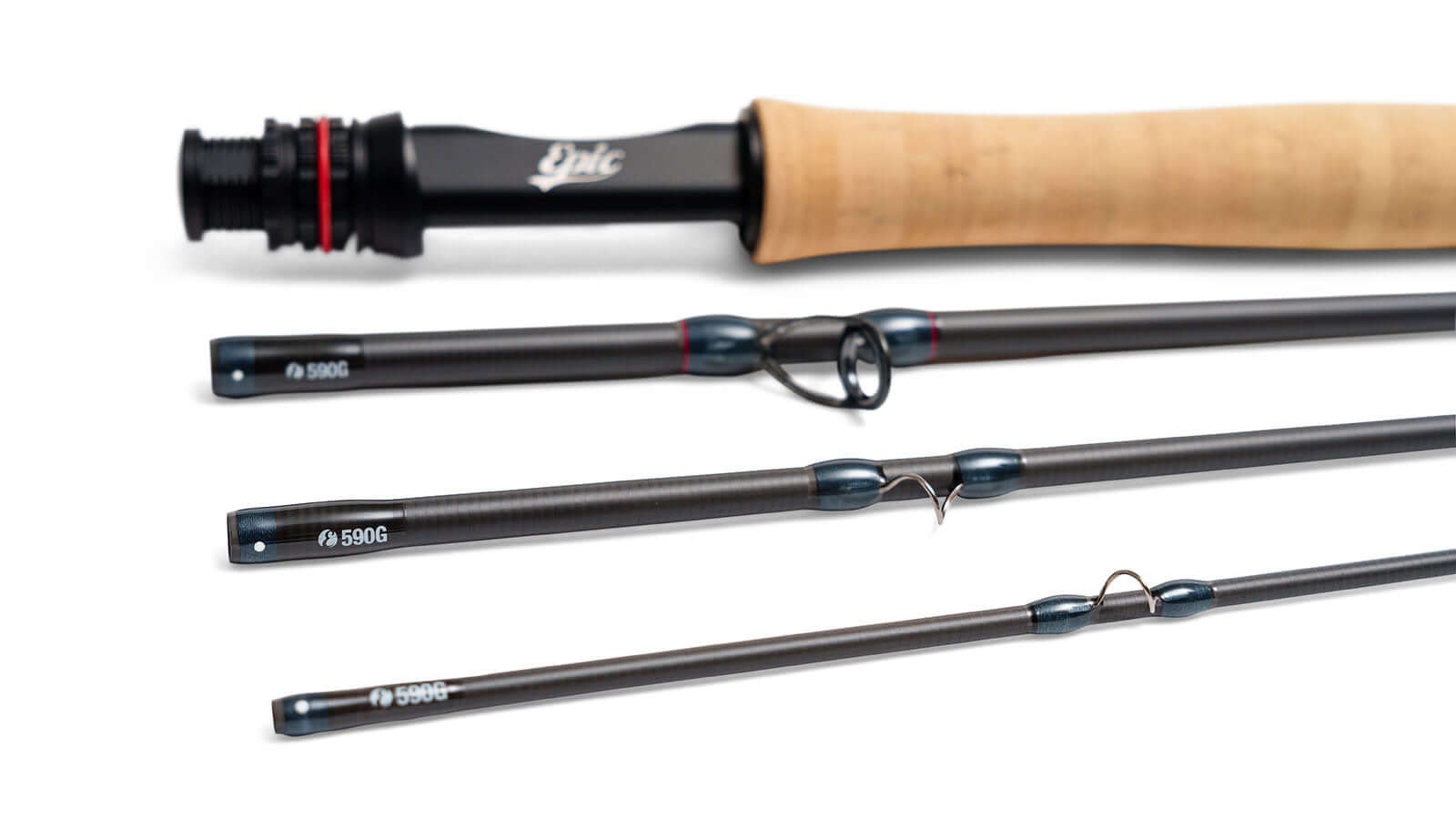All About Fly Rods
Fly rods are essential pieces of fishing equipment that allow you to cast your line farther and more precisely than ever before. Whether you’re a beginner or an experienced angler, having the right fly rod for the job will make all the difference in your success on the water.
How to choose a fly rod
When choosing a fly rod, there are several key factors to consider. One of the most important is length – this will determine how far and accurately you can cast your line. Another factor is weight – different weights work better for different techniques and conditions. Finally, look at materials, like graphite or fiberglass; these impact both weight and flexibility, so choose one that suits your needs best.
A good way to test out different fly rods is by renting them or borrowing a fly rod or two from a friend. Club days and fly casting instructors will also be helpful.
This will allow you to get a sense of how they feel in your hand and cast in different conditions. You can also visit your local tackle shop to talk to an expert, who can help you narrow down the options that are best for you.
Finally, before buying any rod, make sure it comes with a warranty. This can provide peace of mind in case something goes wrong with your investment. With these tips, you’ll be able to find the perfect fly rod for your needs and start catching more fish on every outing!
Fly fishing is a popular sport that has been around for centuries. To successfully participate in this sport, it’s important to understand the equipment and the different types of fly rods available. In this blog post, we'll discuss the different types of fly rods, materials used in fly rods, how to choose the right rod for your type of fishing and fish, action types of fly rods, and how to care for your fly rod. So let's dive in!

Different Types of Fly Rods
The most common type of fly rod is the carbon fiber or graphite fly rods. These come in two main varieties: single-handed and double-handed fly rods. Single-handed models are typically shorter than double-handed models and are great for small streams or tight spaces where more accuracy is required. Double-handed models are longer than single-handed models and provide more power, making them great for larger rivers or saltwater fishing when you need to cast farther out into deeper waters.
Materials Used in Fly Rods
Fly rods are usually made from carbon fibre (graphite in the USA) or fiberglass materials. Graphite is more expensive but provides better sensitivity when casting and fighting with fish. It is also lightweight which makes it easier to carry around on long days of fishing. Fiberglass is less expensive but heavier than graphite and not as sensitive when casting or fighting with fish – however it can still be effective when used correctly.
How Do I Choose The Right Fly Rod For The Type Of Fishing I Want To Do?
When choosing a fly rod, consider what type of fishing you plan to do. Are you going on a day trip to a small stream or will you be spending multiple days on larger rivers? Do you plan on using a dry line setup or do you prefer using wet flies? Knowing these details can help narrow down your choice between single-handed versus double-handed rods, as well as which material (graphite vs fiberglass) will best suit your needs. Additionally, consider the type of fish you plan on catching – this too can help determine which rod will work best for you based on its action (more on that below).
How Do I Choose The Right Fly Rod For The Type Of Fish I Want To Catch?
When picking out a fly rod based on the type of fish you want to catch - think about how big they tend to get and what type of water they inhabit (small streams vs large rivers). Also think about whether they mostly feed off surface flies or have bottom feeding tendencies like trout do – this can help determine if a slow action rod is needed for top water feeding versus faster action for bottom feeding species like trout. Additionally consider the size of the lures/flies being used – bigger lures require faster action rods whereas smaller lures call for slower actions depending upon their intended use. Lastly note any special conditions that may exist such as weather patterns (i.e., windy days) that may influence your selection process further by requiring specific actions from certain rods (i.e., fast action).
What Are The Different Action Types Of Fly Rods?
Action refers to how quickly/slowly each individual part (or section) of the rod moves when under tension/pressure during casting/fighting with fish - there are three main categories here: fast action, medium action and slow action; while within each category there can be even further subcategories based upon how fast/slow each part moves relative to one another (i.e., progressive taper). Fast actions generate more power but require more precision during casting while slow actions generate less power but require less precision during casting; medium actions fall somewhere in between in terms of both power generated & precision needed during castings sessions - so depending upon skill level & desired outcomes one should select accordingly!
How Do I Care For My Fly Rod?
To ensure your fly rod lasts longer than just one season make sure all parts have been properly cleaned & lubricated after every use - use warm soapy water before storing away until next time! Additionally avoid getting any sand/grit onto reel seats & guides as these areas are quite delicate & susceptible to damage over time due their fragile nature; try using protective covers whenever possible! Lastly never leave your reel exposed directly under direct sunlight as this could cause warping & discoloration over time so always store away safely after use!
Next, you should consider the type of lines and backing that you will need for your fly rod. Fly lines come in various densities and profiles, so it's important to choose a line that is suitable for the species of fish you plan on catching as well as the conditions you'll be fishing in. Backing allows for more line to be stored on the reel and makes casting easier when fighting larger fish. It also helps reduce tangles when retrieving and casting multiple times over long distances. Lastly, if you plan to use your fly rod for saltwater fishing, make sure to purchase a specialized saltwater-ready rod to withstand harsh weather conditions better. To further protect your fly rod, consider buying a quality case or rod tube to store and transport it. This will help keep the rod clean and in good condition for many years.
Overall, selecting the right fly rod is an important part of any successful fishing trip. Understanding factors such as power, action type, line and backing selection, as well as proper care and storage guidelines should provide you with the knowledge needed to make an informed decision when it comes time to purchase a new fly rod. Good luck!
Conclusion:
Fly fishing is an enjoyable pastime that requires attention paid towards equipment details such as understanding different types & materials used in construction along with proper care instructions given above - all pertinent info discussed herein should give readers an adequate head start towards picking out ideal equipment suited specifically towards their style & preferences! With enough practice coupled with knowledge gained through reading up on topics discussed today - readers should find themselves well equipped enough not just tackle some serious angling trips but also enjoy them thoroughly without having too much worry placed upon themselves regarding potential risks associated with incorrect equipment choices made prior! Happy Fishing!!



